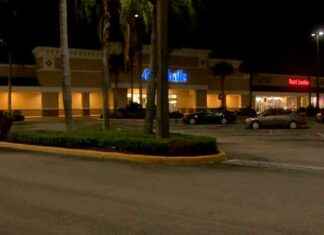The endearing Méhari, protagonist for many years of local mobility in many coastal beach areas, turns 55. Introduced in May 1968, Citroën built 144,953 units between 1968 and 1987, 12,429 of them at the Vigo factory.
Based on the popular Dyane 6, it was named after dromedaries in North Africa and the Sahara, and became a commercial success in a short time due to its mechanical simplicity and economy of use. It was a cheap, unusual, all-season SUV, with a body made of 11 easily repairable plastic parts that could be cleaned with a simple jet of water, both inside and out.
Currently converted into an automobile icon, the Méhari was capable of transporting both passengers and luggage over all types of terrain. Highly modular, it could transform part of its floor into a backrest to add two more seats in the rear, thus accommodating up to four passengers. With high ground clearance and leaf springs on the rear wheels to support the load well, it weighed less than 600 kg. The Dyane 6’s long-experienced air-cooled twin-cylinder engine had just 33bhp of power, enough to hit 103km/h.
Furthermore, in 1979 Citroën introduced a 4×4 variant that offered almost unrivaled freedom of movement. The Méhari 4×4 was used as a medical assistance vehicle on the roads of half the world and even participated in the Dakar Rally in 1980 as a medical car.
He also had an outstanding film career, especially thanks to the film El gendarme de Saint-Tropez, starring the great French comedian Louis de Funès.








